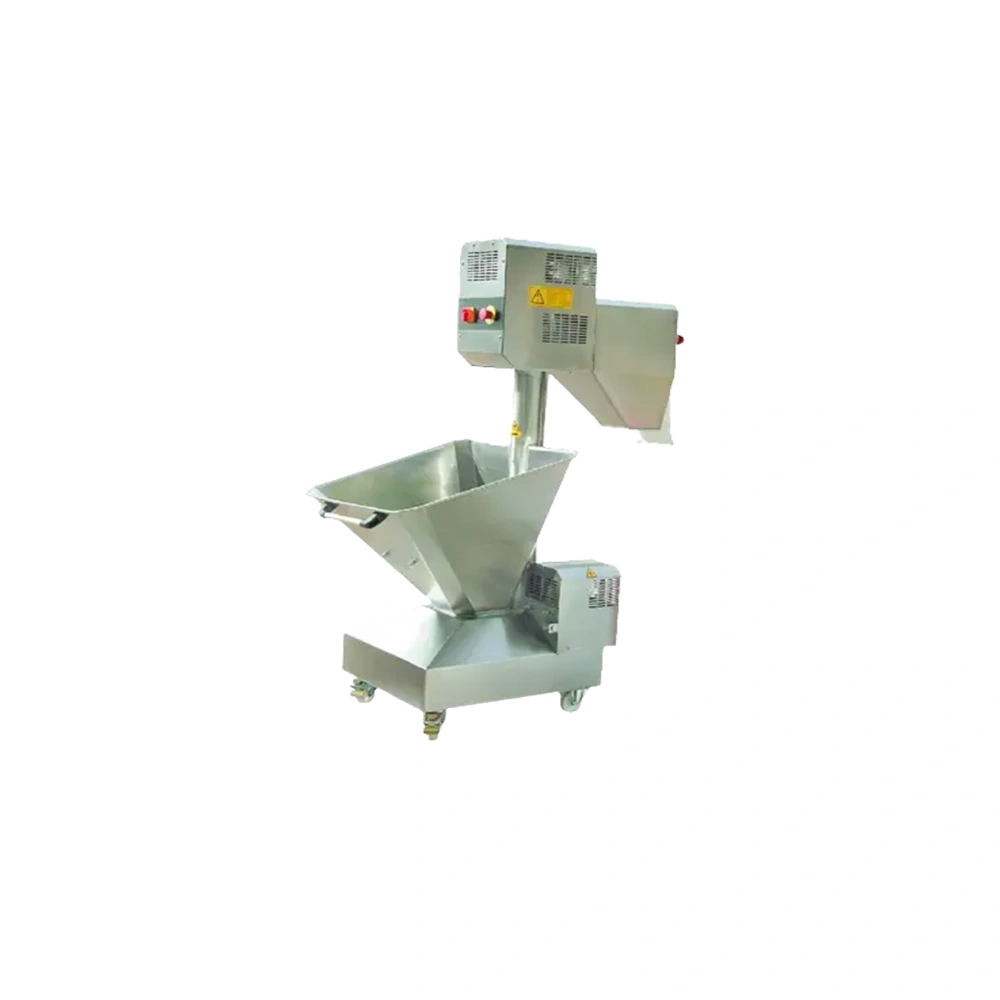Flour Sifter Machine
Technicial Specifications
| Model | Unit | MUEM 50 |
| Capacity | kg/hour | 2000 |
| Width | mm | 650 |
| Length | mm | 1300 |
| Height | mm | 1600 |
| Electric Power | kW | 1.1 |
| Weight | kg | 120 |
It provides the sifting of the flour by aeration. The flour is transferred into hopper and in is conveyed into the shifting chamber by means of spiral conveyor. Flour sifted by rotating brushes and discharged into the dough kneading machine from the outlet part. İt can be removed easily by the help of its wheels. İt cleans easily and it takes place small area.
Flour sifter machines play a crucial role in the baking process, ensuring uniformity and quality in flour consistency. Let’s explore the intricate workings and significance of these machines in detail.
Understanding Flour Sifter Machines
Flour sifter machines are specialized equipment designed to sift and aerate flour, removing lumps and impurities while simultaneously incorporating air into the flour for improved texture and consistency. These machines are essential in bakeries and food production facilities where consistent flour quality is paramount for achieving optimal baking results.
Key Components and Mechanisms
- Sifting Chamber: The heart of a flour sifter machine is its sifting chamber, where flour undergoes the sifting process. This chamber typically contains a series of screens or mesh layers that separate the flour particles based on size, ensuring a uniform texture.
- Sifting Mechanism: Flour sifter machines utilize various mechanisms to agitate and sift the flour through the screens. Common mechanisms include rotating blades, vibrating screens, and pneumatic systems, each designed to effectively sift and aerate the flour.
- Motor and Control Panel: These machines are powered by electric motors that drive the sifting mechanism. The motor’s speed and operation can be controlled through an intuitive control panel, allowing operators to adjust the sifting process based on flour type and desired consistency.
- Safety Features: Modern flour sifter machines are equipped with safety features such as emergency stop buttons, safety interlocks, and protective guards to ensure operator safety during operation.
Advantages of Flour Sifter Machines
- Consistency: Flour sifter machines ensure consistent flour quality by removing lumps, foreign particles, and impurities, resulting in a smooth and uniform texture that enhances baking performance and product quality.
- Efficiency: These machines automate the sifting process, significantly reducing manual labor and saving time in the baking process. This efficiency is particularly beneficial in commercial bakeries and food production facilities with high production volumes.
- Improved Texture: By incorporating air into the flour, flour sifter machines aerate the flour particles, resulting in a lighter and fluffier texture that contributes to the overall quality of baked goods.
- Hygiene: Flour sifter machines are constructed from food-grade materials such as stainless steel, which is easy to clean and maintain. This ensures compliance with food safety regulations and maintains hygiene standards in the production environment.
Applications in Bakeries and Food Production Facilities
Flour sifter machines are integral to various baking and food production processes, including:
- Preparing flour for baking recipes such as cakes, bread, pastries, and cookies
- Sifting dry ingredients for dough and batter preparation
- Removing impurities and foreign particles from flour and other dry ingredients
Conclusion
Flour sifter machines are indispensable equipment in bakeries and food production facilities, ensuring consistent flour quality, improved texture, and enhanced baking performance. With their advanced features, efficiency, and hygiene standards, these machines contribute to the production of high-quality baked goods and food products, meeting the demands of discerning consumers and industry standards.
In summary, flour sifter machines are essential tools for achieving uniformity and quality in flour consistency, supporting the success and reputation of bakeries and food manufacturers in the competitive market.


Reviews
There are no reviews yet.